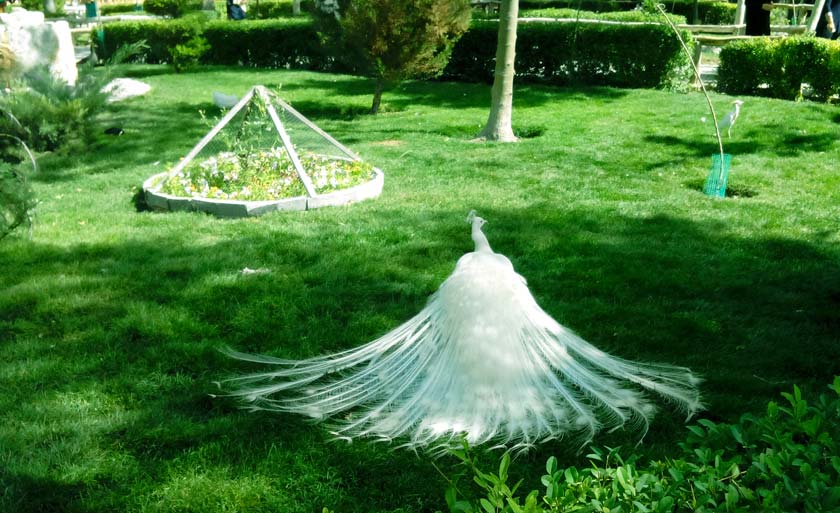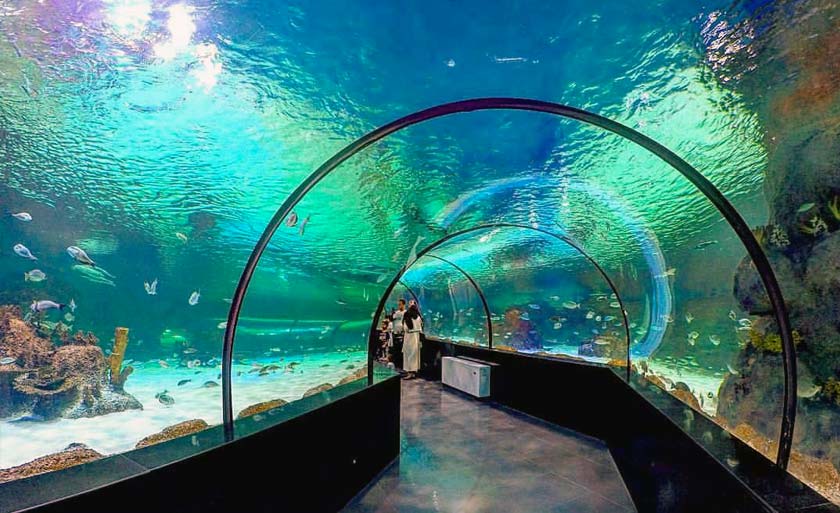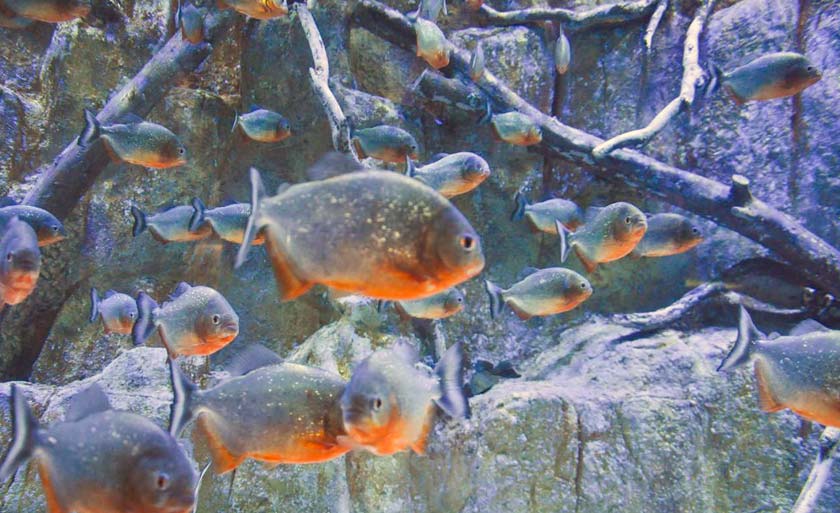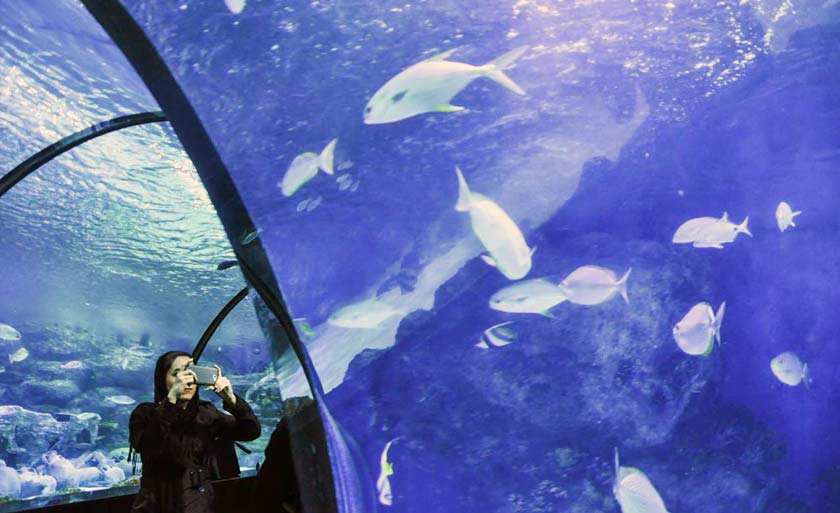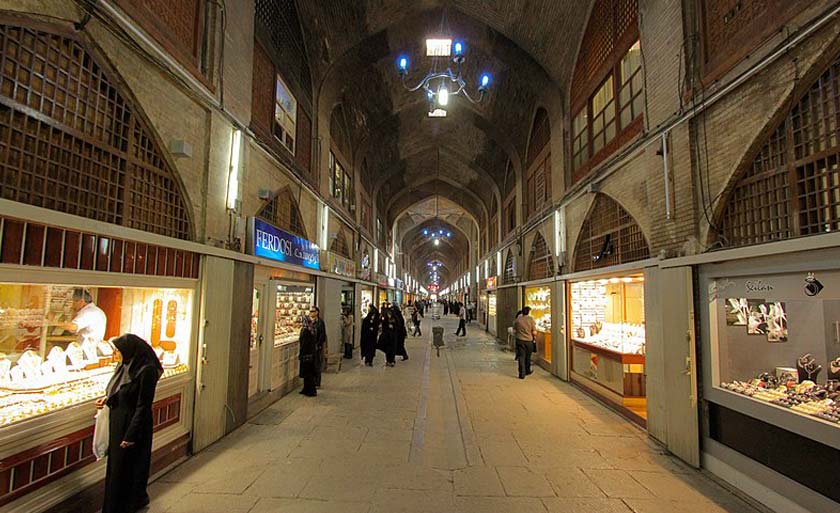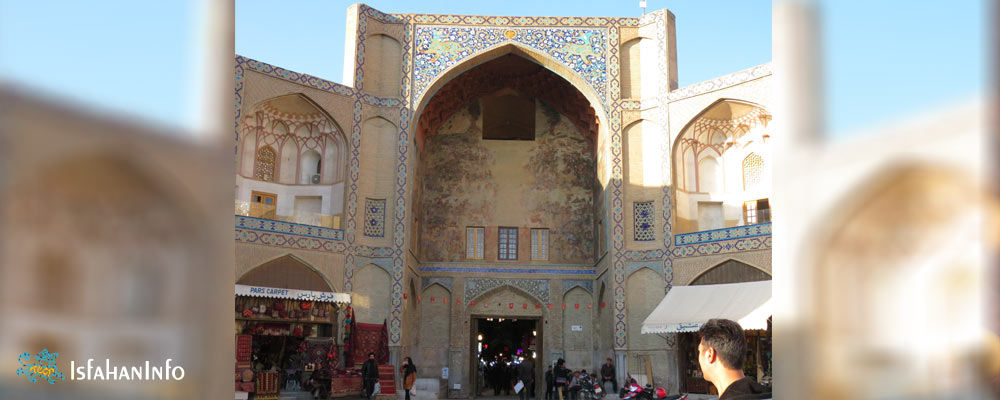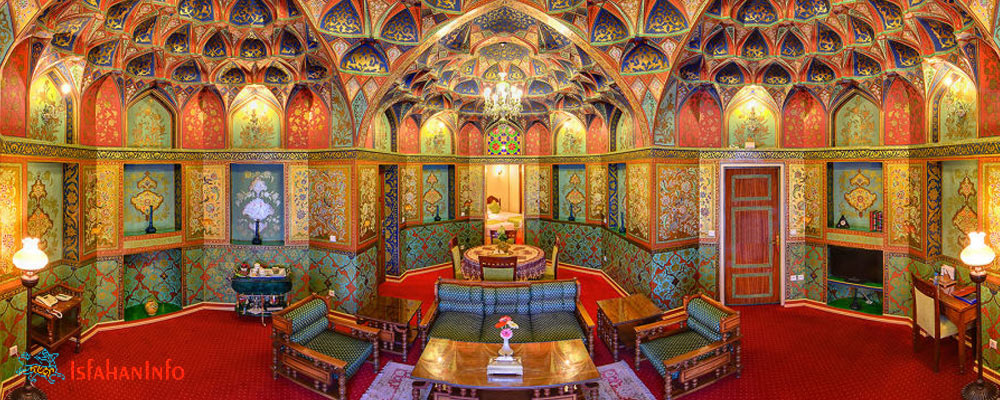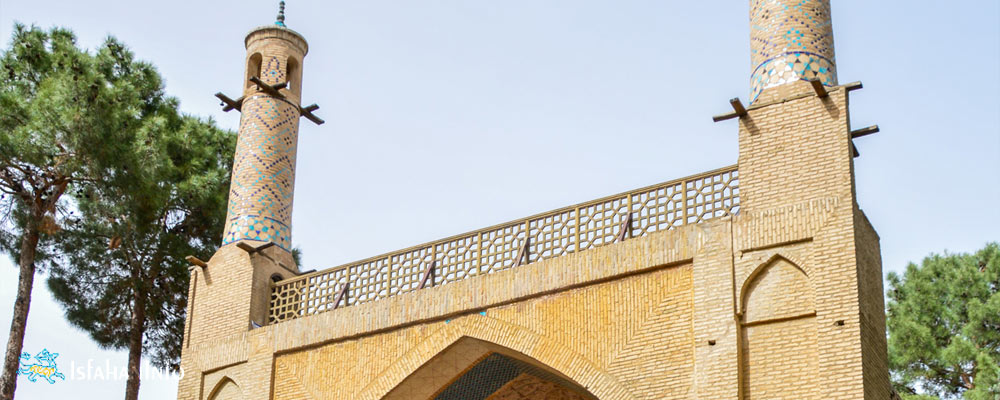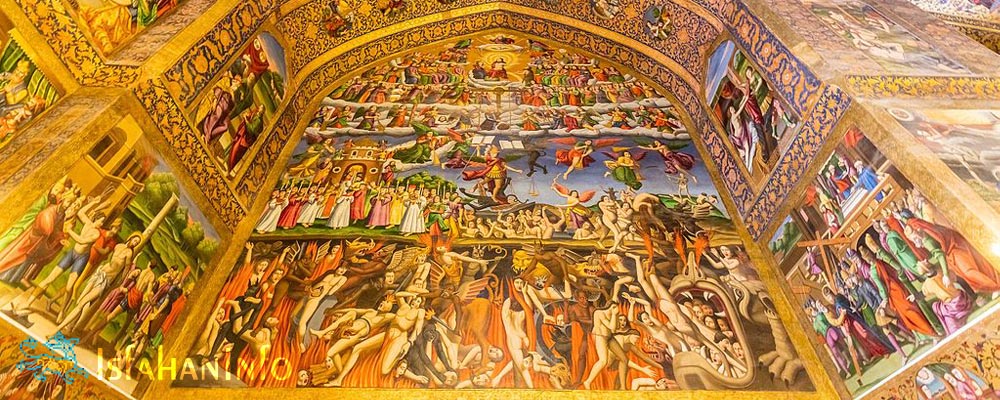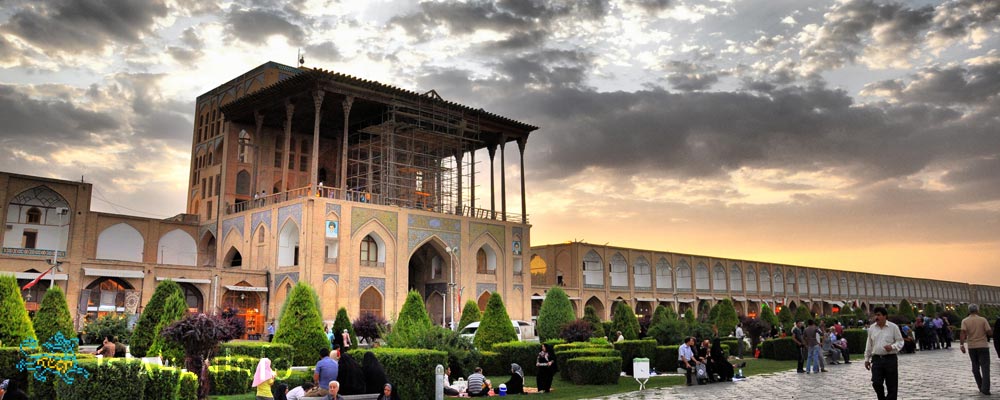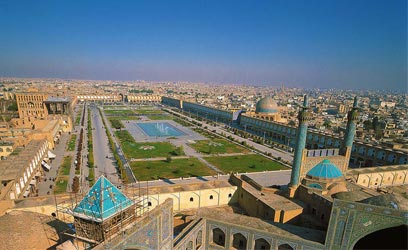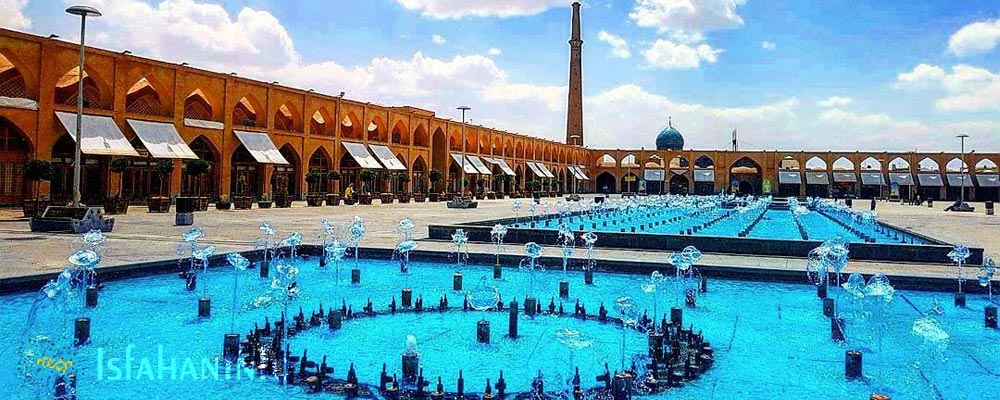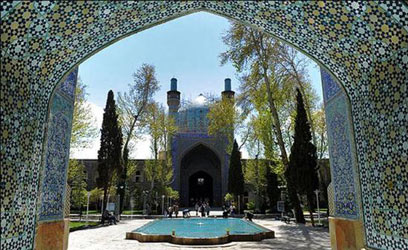Ali Gholi Agha district is surrounded by a Bazaar, a Zorkhaneh (ancient Persian gym), a Mosque, and the Ali Gholi Agha Hammam (bathhouse) with its special features. This complex was built during the reign of Shah Sultan Hossein the last Safavid king.
Ali Gholi Agha and his brother Khosro Agha were two well-known benefactors in that time. Ali Gholi Agha had no children, as a result he decided to build this bathhouse for his neighborhood and the people around him.
Hammam-e Ali Gholi Agha is one of the few Hammams that has still survived from the late safavid-era. Hammams were usually used by both gender at different hours, but there is an exception to this Hammam. This Hammam had two parts where men and women could attend at the same hours of the day each in their own section.
As soon as you enter Hammam-e Ali Gholi Agha you will notice the impressive work of the ceiling which is designed in a way to make it possible for the light to come through the pits and yet if someone would have looked through them, they could not have seen anything from the outside.
Ali Gholi agha Hammam is divided into four main sections
Miandar which was the entrance of the bathhouse. It was specially designed in an angular way to keep the steam and the heat inside the bathhouse.
Sarbineh or the dressing hall was a place for gatherings, discussions and even prayers. therefore, there were benches surrounding the perimeter of Sarbineh elevated by a few steps above the central pool where visitors could lounge.
Garmkhaneh (Thermal House) was the main washing area with some small underground labyrinthine tunnels that carried the smoke of the fire to warm the place.
Chahar houz was the main swimming pool at the center. This pool is four times a regular swimming pool and that is why they call this part Chahar houz meaning ” four pools”.
The Hammams were the first and the last places to which the caravan people would go both on their arrival in the city and when exiting it to make themselves clean and ready to hit the road.
Overview
Opening Hours
From 21 March To 22 September: 8:30 AM – 14:30 PM and 15:30 PM– 18:00 PM
From 23 September To 20 March: 8:30 AM – 13:30 PM and 14:30 PM– 17:30 PM
Location
Bid Abadi St, Masjed Seyyed St, Isfahan, Iran
Contact
(+98) 31 3337 5777
Price
300,000 Rls
Explore Ali Gholi Agha Hammam on these Suggested Tours

